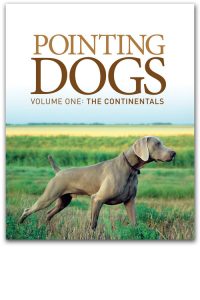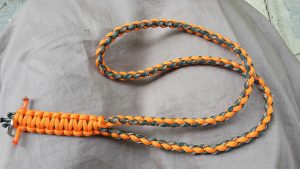Mario Canton, the Afghan Hound and more…
This morning I realized I missed meeting Professor Raymond Coppinger by an inch. When I was attending some classes at Hampshire College (Massachusetts), he was on sabbatical. Unfortunately, I was not able to go back there on the following semester but, by coming back to Italy, I had the opportunity to meet and become friends with an equally gifted scholar. His name is Mario Canton and no, he does not research on dog behaviour, his favourite topic is dog conformation, analyzed under a scientific perspective. Mario is indeed a very humble person and he often claims “he has not discovered anything”, he has only put things together. It might be, but he made a huge amount of technical knowledge available to the average dog lover, quite an achievement!
Mario published his first book in 2004, after more than 35 years of research. I remember being the one proofreading it in the bathroom, checking for any possible typos and bugging him about 1) adding images and 2) having the book translated into English. The book “Cani e Razze Canine” (Dogs and Dog Breeds) has already had three improved editions since 2004, but it is still without images and without an English translation. Mario justifies himself stating that 1)images will make the book too expensive and 2) English speakers already have plenty of scientific literature about dogs in their own language. Both his statements are true, but Mario forgets his greatest merit: having condensed an incredible amount of literature in one book (a huge book indeed! ) and having re-written it in a way it is now easier to understand.
I am firmly convinced he should get a good translator and a good publisher abroad, the whole world could benefit from his writings. As for now, only one of his books is available in English and, today, I am telling you more about it. It is a small book about the Afghan Hound and it is based on the slides he showed during the Afghan Hound World Congress held in 2014. Whereas I think Afghan Hounds to be incredibly beautiful, I am not into the breed and I think most of my readers are not as well. So why am I reviewing the book
Levriero Afgano – Afghan Hound (Kindle Edition)?
(Paper edition available as well (it is published by Crepaldi Editore)
First of all, it is Mario’s only book available in English and, most important, he analyzes the breed according to the most modern knowledge about dog conformation and movement. I think he could and should do the same with other breeds – beginning from the English Setter of course! And I also think any dog lovers interested in a working breed can learn much from this tiny book. I am embedding a small gallery featuring some of the contents. (In case you can’t see the Google Books gallery below, click here)
If you like what you see, consider purchasing the book or encourage him to publish more books in English!
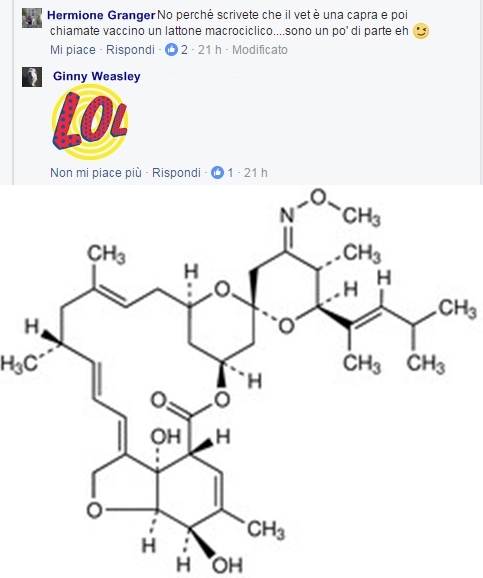

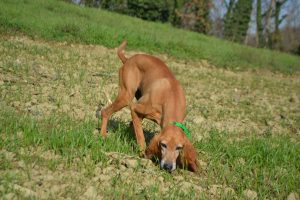
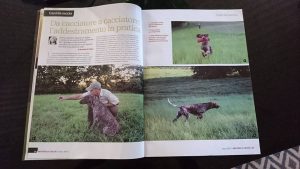
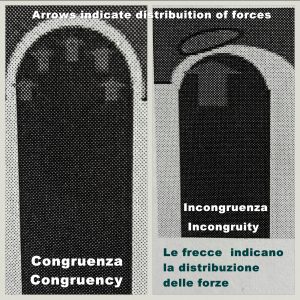
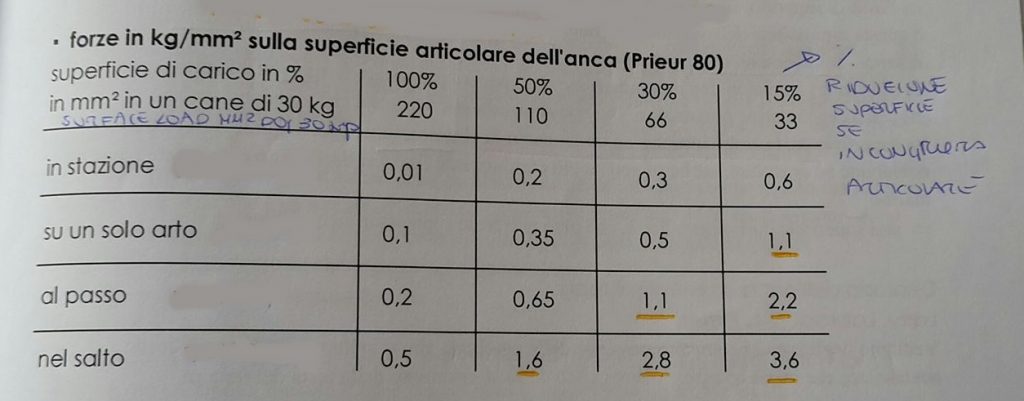


 viamente, questa volta, sono scritti in italiano, per chi si lamentava della difficoltà del leggerli in inglese. Ci sarà anche una seconda parte sul numero di maggio.
viamente, questa volta, sono scritti in italiano, per chi si lamentava della difficoltà del leggerli in inglese. Ci sarà anche una seconda parte sul numero di maggio.